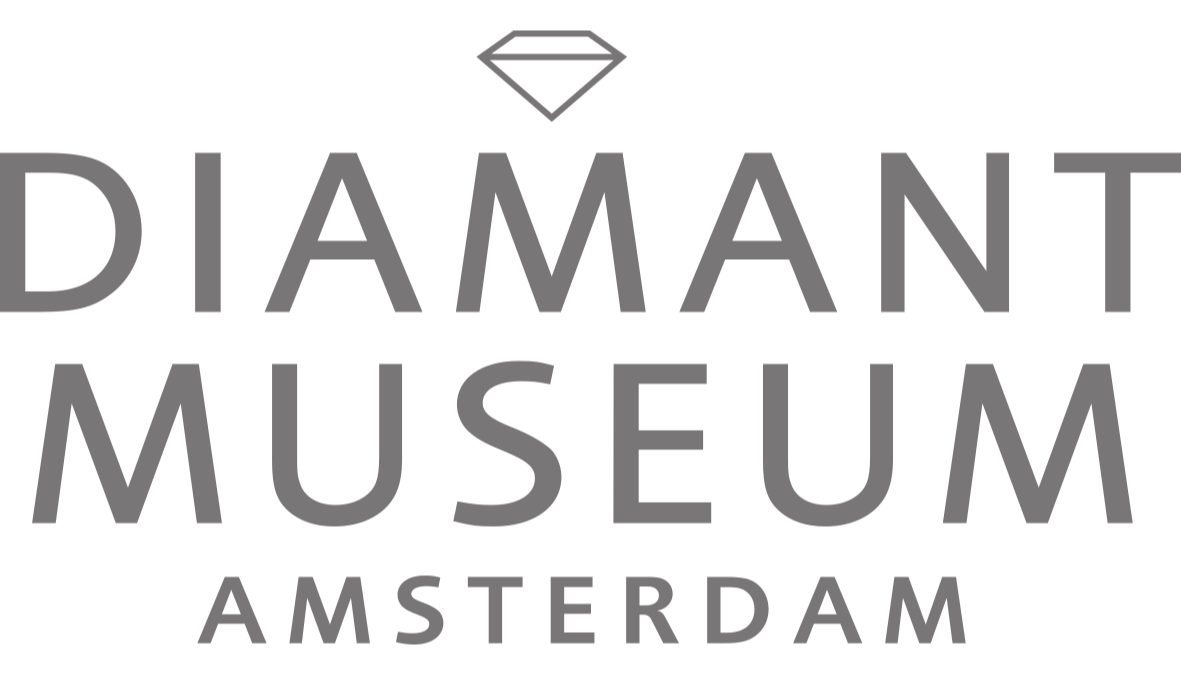The value of a diamond is determined by 4 quality factors. these were established in Amsterdam in 1975, during the congress of the World Federation of Diamond Bourses (WFDB) and the International Diamond Manufacturers Association (IDMA). It became known as the system of the 4 C’s, after the words Carat, Color, Clarity and Cut.
The larger the diamond and the finer the color, the higher its value is. The greater the clarity, the more beautifully and better cut, the more perfect it is.
Prices of diamonds are kept stable by regulating what flows into the market. The world stock is supposedly large enough to provide a cupful of diamonds for every inhabitant of the USA.
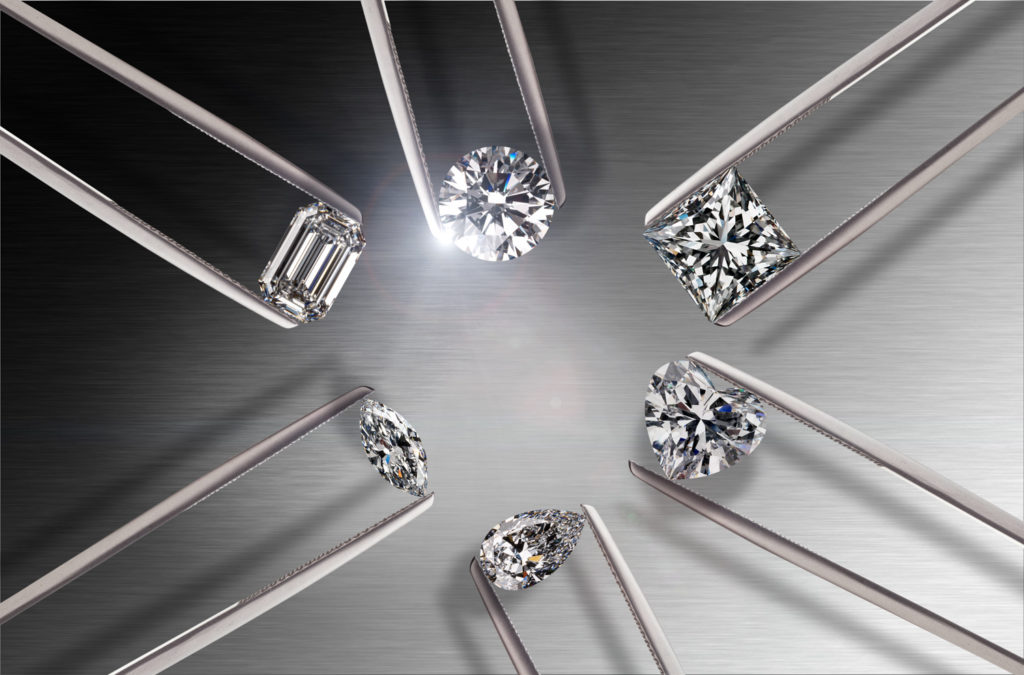
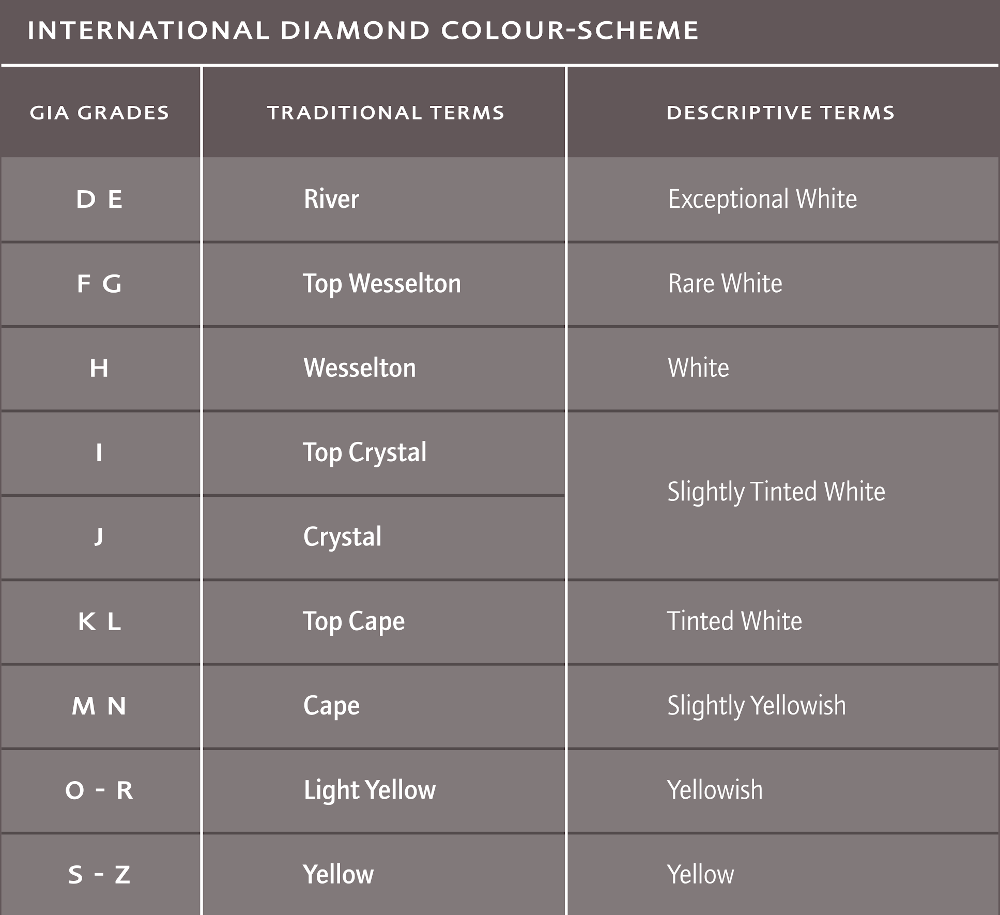
The more colourless the stone, the more valuable the diamond. For only a very small number of diamonds are completely colourless. Most vary in very light hues from yellow to brown. Many other distinct colours also occur, the so-called fancy colours. Colour comes about as the result of chemical substances penetrating the atomic structure; these include nitrogen (yellow), magnesium (rose), radium (green) and borium (blue). Red is the rarest colour and therefore very costly. The colour of diamonds can be changed artificially by irradiation with electrons. The artificial colouring must be mentioned in the certificate for these diamonds: ‘Artificially coloured by treatment’. The colour of a diamond is determined by comparing the stone with ‘masterstones’. These are reference stones that correspond with the colour scale for diamonds which was established by international professional organisations in 1978. The fantasy colours, fall outside this framework.
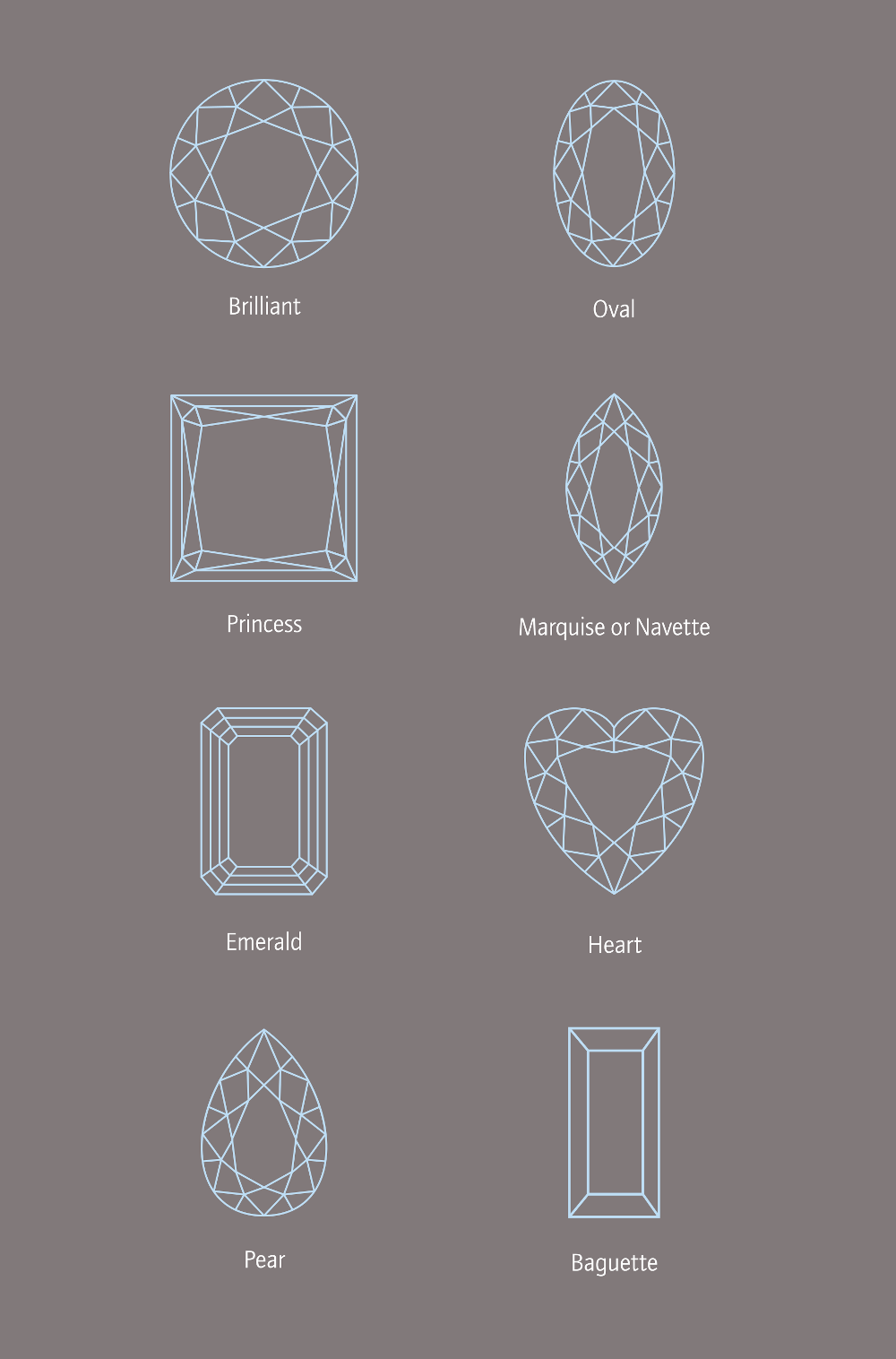
In the course of the centuries, different types of cuts have come into existence, partly as a consequence of technological progress. Before 1400 the given crystal shape had been used, such as the octahedron - two pyramids with their bases together. Later, the better-reflecting table-shaped cut came into fashion. At the end of the 15th century, the Antwerp polisher Lodewijk van Berken invented the revolutionary polishing scaife. As a result of this it became possible to cut symmetrical facets. Thus in the 16th century the rose cut, with a limited number of facets, came into vogue in Europe. In the 17th century, diamonds were for the first time cut in the brilliant shape with its many facets. Depending on its proportions, the round brilliant with 57 facets is the ideal cut.
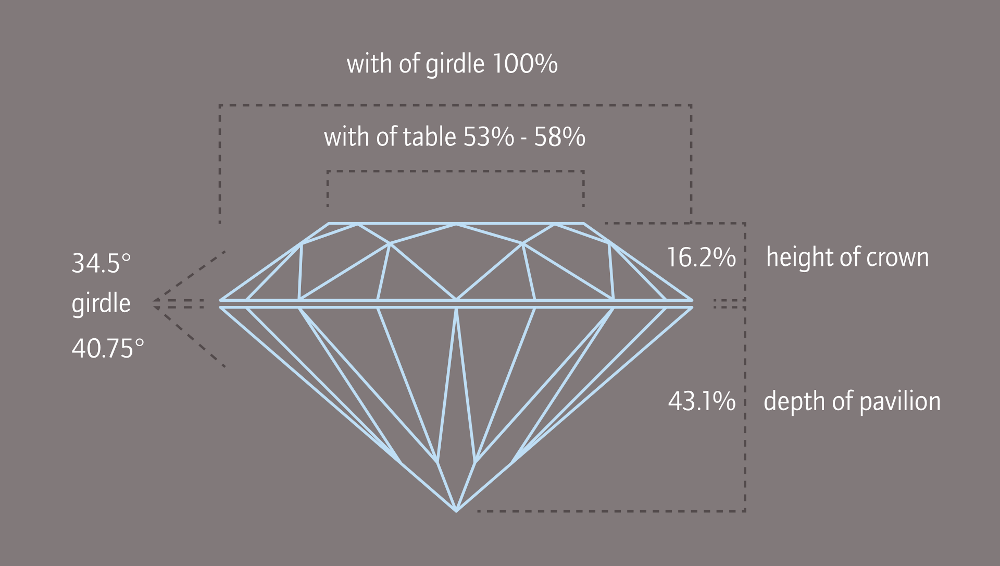
The way in which the stone is polished partly determines its value. In 1919, the famous diamond polisher Marcel Tolkowsky formulated the ‘ideal cut’. This cut has the ideal proportions for a brilliant. If the proportions are ideal and the facets have the correct form and dovetail together beautifully, the sparkle and fine (reflection and refraction) are maximised. Scratches and polishing streaks diminish these effects.
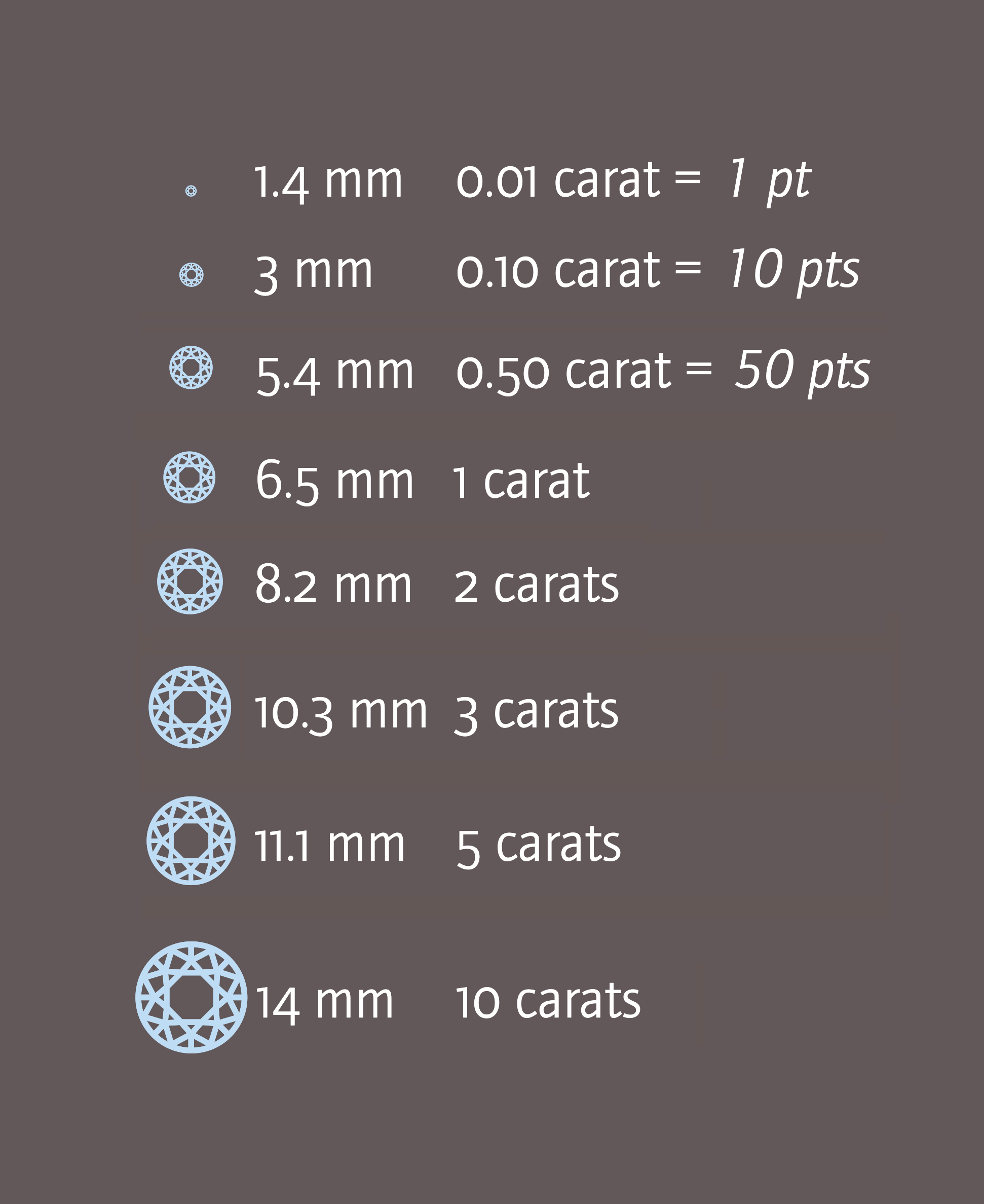
Since time immemorial the seeds of the carob tree were used to determine the weight of gemstones on the scales. These seeds have a very stable weight of 0.2 grams. In Greek this kind of seed is called Keration (in Arabic, ‘Kharrub’). The word carat is derived from this. Another weighing measurement used in the diamond trade is the grain that comes from the Latin word ‘granum’ meaning ‘grain’. The more or less standard weight of a grain of corn is 0.05 grams. In 1907, it was internationally established that 1 carat is equal to 0.2 grams, and equal to 4 grains. For diamonds, 1 carat is further subdivided in 100 points. The word carat is also used to indicate the gold content in gold.
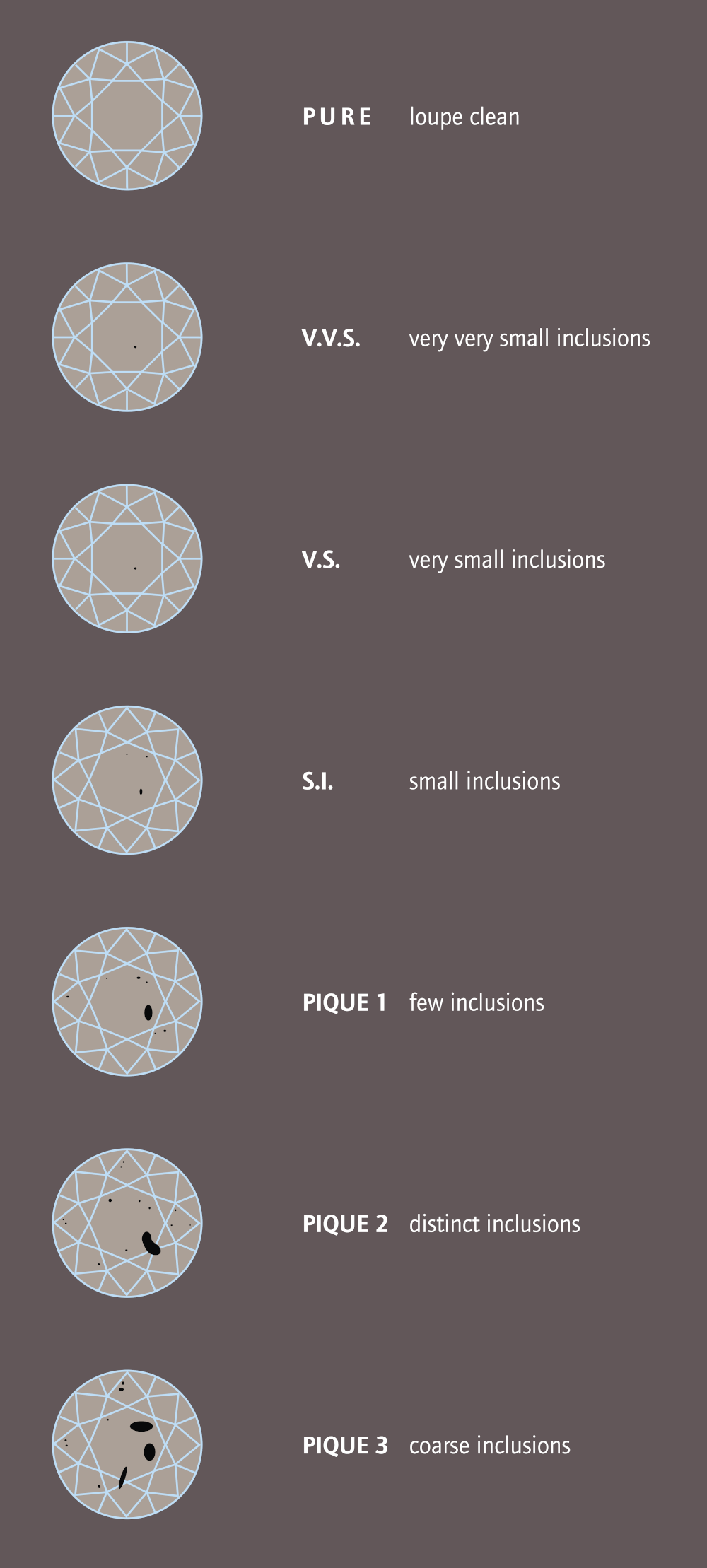
Most diamonds contain flaws (inclusions) which came into being during the crystallisation process. A diamond free of inclusions is called internally flawless. Inclusions which can be observed with magnifying glass capable of ten times magnification decrease the value of the diamond. Professional organisations in the diamond trade have worked together internationally to draw up a table of clarity
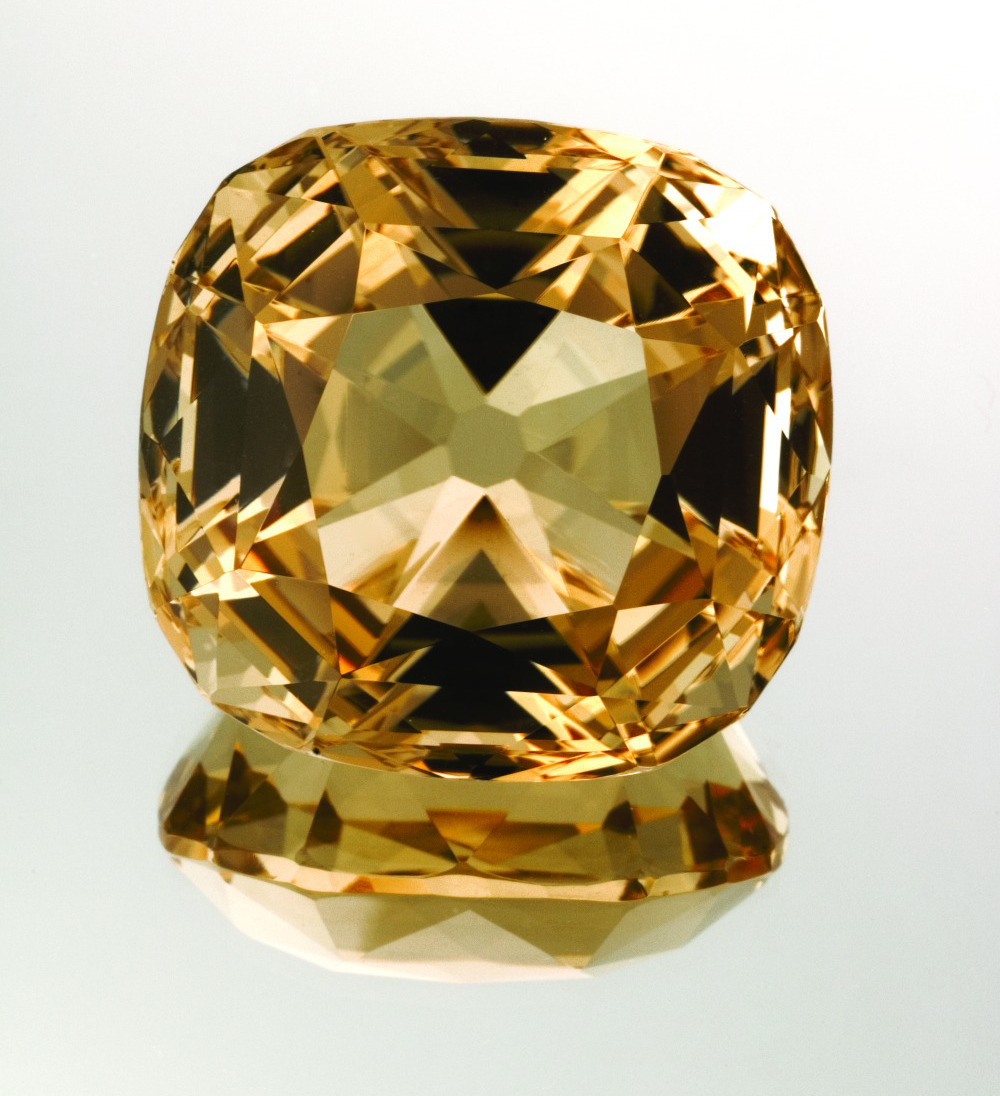
The fact that not all world-famous diamonds are of the highest clarity is proven by the Hope and the Yellow Tiffany, which are VSI.
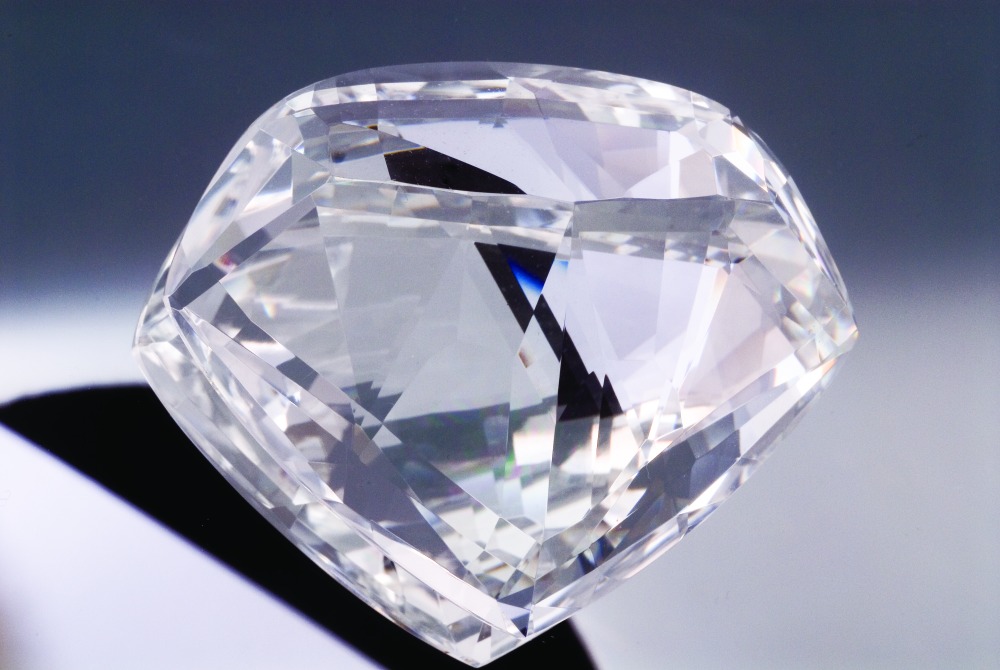
The Centenary Diamond is the largest diamond of an IF purity and a D-colour.
| Cookie | Duration | Description |
|---|---|---|
| __cfduid | 1 month | The cookie is used by cdn services like CloudFare to identify individual clients behind a shared IP address and apply security settings on a per-client basis. It does not correspond to any user ID in the web application and does not store any personally identifiable information. |
| _GRECAPTCHA | 5 months 27 days | This cookie is set by Google. In addition to certain standard Google cookies, reCAPTCHA sets a necessary cookie (_GRECAPTCHA) when executed for the purpose of providing its risk analysis. |
| cookielawinfo-checbox-analytics | 11 months | This cookie is set by GDPR Cookie Consent plugin. The cookie is used to store the user consent for the cookies in the category "Analytics". |
| cookielawinfo-checbox-functional | 11 months | The cookie is set by GDPR cookie consent to record the user consent for the cookies in the category "Functional". |
| cookielawinfo-checbox-others | 11 months | This cookie is set by GDPR Cookie Consent plugin. The cookie is used to store the user consent for the cookies in the category "Other. |
| cookielawinfo-checkbox-advertisement | 1 year | The cookie is set by GDPR cookie consent to record the user consent for the cookies in the category "Advertisement". |
| cookielawinfo-checkbox-necessary | 11 months | This cookie is set by GDPR Cookie Consent plugin. The cookies is used to store the user consent for the cookies in the category "Necessary". |
| cookielawinfo-checkbox-performance | 11 months | This cookie is set by GDPR Cookie Consent plugin. The cookie is used to store the user consent for the cookies in the category "Performance". |
| csrftoken | 1 year | This cookie is associated with Django web development platform for python. Used to help protect the website against Cross-Site Request Forgery attacks |
| elementor | never | This cookie is used by the website's WordPress theme. It allows the website owner to implement or change the website's content in real-time. |
| viewed_cookie_policy | 11 months | The cookie is set by the GDPR Cookie Consent plugin and is used to store whether or not user has consented to the use of cookies. It does not store any personal data. |
| Cookie | Duration | Description |
|---|---|---|
| _ga | 2 years | This cookie is installed by Google Analytics. The cookie is used to calculate visitor, session, campaign data and keep track of site usage for the site's analytics report. The cookies store information anonymously and assign a randomly generated number to identify unique visitors. |
| _gat_gtag_UA_167950907_1 | 1 minute | This cookie is set by Google and is used to distinguish users. |
| _gid | 1 day | This cookie is installed by Google Analytics. The cookie is used to store information of how visitors use a website and helps in creating an analytics report of how the website is doing. The data collected including the number visitors, the source where they have come from, and the pages visted in an anonymous form. |
| _hjFirstSeen | 30 minutes | This is set by Hotjar to identify a new user’s first session. It stores a true/false value, indicating whether this was the first time Hotjar saw this user. It is used by Recording filters to identify new user sessions. |
| Cookie | Duration | Description |
|---|---|---|
| _fbp | 3 months | This cookie is set by Facebook to deliver advertisement when they are on Facebook or a digital platform powered by Facebook advertising after visiting this website. |
| fr | 3 months | The cookie is set by Facebook to show relevant advertisments to the users and measure and improve the advertisements. The cookie also tracks the behavior of the user across the web on sites that have Facebook pixel or Facebook social plugin. |
| Cookie | Duration | Description |
|---|---|---|
| _hjAbsoluteSessionInProgress | 30 minutes | No description |
| _hjid | 1 year | This cookie is set by Hotjar. This cookie is set when the customer first lands on a page with the Hotjar script. It is used to persist the random user ID, unique to that site on the browser. This ensures that behavior in subsequent visits to the same site will be attributed to the same user ID. |
| _hjIncludedInPageviewSample | 2 minutes | No description |
| _hjTLDTest | session | No description |
